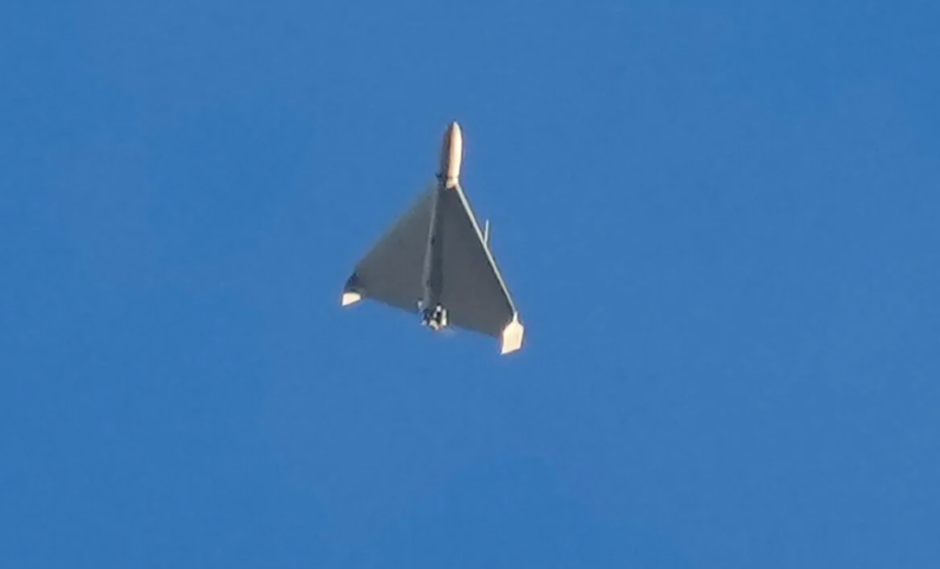The brightest star in the constellation of Orion, Betelgeuse, has been of interest to astronomers for years, as it is about six hundred times more massive than the Sun and emits nearly a hundred thousand times the energy of the star of our system.
The diameter of the red giant is estimated to be about 1.6 billion km. In addition, the giant star is nearing the end of its “life” and, according to many, could turn into a supernova any time now.
Certainly, strange phenomena have been observed on the celestial body several times in recent years: in 2019 it unexpectedly faded for a while, and then in 2020 this process was repeated.
Astronomers have now analyzed images of the phenomenon taken by the Hubble Space Telescope and other astronomical observatories, and have come to the conclusion that a giant starburst might have occurred on Betelgeuse in 2019 and 2020.
As a result, the surface of the star noticeably lost its luster for a while.
One of the researchers involved in the study admitted that they still do not fully understand what kind of process can take place in the celestial body. “This is a completely new phenomenon. We can now directly observe and analyze surface data using Hubble. We can watch how a star evolves live,” he said. Andrea Dupree, astrophysicist CNN.
Researchers estimate that the starburst on Betelgeuse was about 400 billion times the size of a typical coronal mass ejection (CME) on our sun. According to astronomers, the star slowly began to return to its previous state, but until now they are observing strange phenomena in the celestial body.
Betelgeuse still does pretty weird things. The interior of the star seems to bounce back and forth
Andrea Dupree said about this.
The fact that the star is now being observed with the James Webb Space Telescope may lead to a major advance in the investigation of Betelgeuse in the near future. Researchers hope that with the help of new technology, they will get an explanation for the phenomena seen in the celestial body.
Will it transform into a supernova, but when?
Experts agree that the star is nearing its end, but there is no consensus on when it could transform into a supernova. According to many, this could take up to a hundred thousand years, as a former galactic astronomer told Index about this.
A hundred thousand years is actually an estimate of an order of magnitude: it may already be in the future, it may be a little further, so it may only be a few tens of thousands, it may be a hundred and fifty thousand: for a star, this is almost nothing.
Laszlo Molnar told our newspaper. According to CNN, if a supernova had occurred, it would be visible from Earth even during the day.
(cover photo: NASA)












































